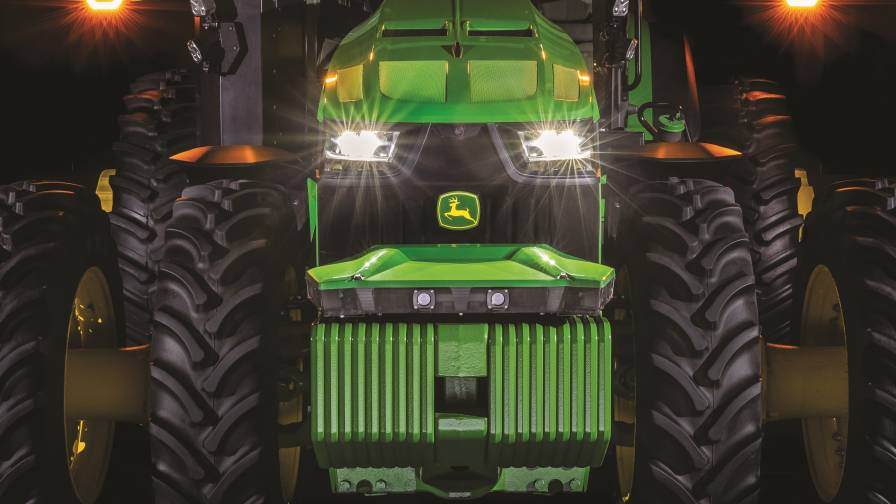by Brent Gloy and David Widmar of Ag Economic Insights
Agriculture's Focus on “Interoperability”

When looking at the agricultural landscape over the course of 2025, there are a number of things that will continue to impact the way agricultural equipment manufacturers operate. Things like commodity prices, tariffs, and regulation are certainly all very important topics – but one topic that may not come to mind, although it should, is “interoperability”.
Today’s equipment customers are used to a certain level of interoperability due to the connected world that we live in today. These expectations are no different for their operations; farmers and contractors alike expect a certain level of seamlessness, from machine-to-machine connection to data-to-data platform connection. As machines and operations become increasingly interconnected and diversified, it is important that these connections, whether digital or physical, happen seamlessly.
Fortunately, this is an area where the equipment industry is already doing a great deal of work. From the physical side with ISOBUS, or High-Speed ISOBUS, to the digital side through projects like AgIN or Mic 4.0, the industry is working through both sectors to make integration of new pieces of equipment and data sources easier than ever. With farmers and contractors continuing to diversify their equipment lines, and the need for data rising to continue to meet the ever-changing needs of today’s equipment customers, the need for interoperability of these various platforms is only going to increase in the future.
EDITOR’S TAKE:
It seems interoperability has now been officially designated as the word used to describe what was previously referred to as interchangeable or, as the article points out, seamless operation. At the risk of showing my age, I can remember when power take off (PTO) was initially offered on equipment. At first, every manufacturer offered a slightly different sized PTO shaft. The spline for the baler was different from the corn picker and from the tractor itself. Then an entrepreneur invented “adaptors” to go from one size with a certain number of splines to another of a different size. Finally, the American Society of Agricultural Engineers stepped in and said, “let’s stop this madness and standardize the PTO size and spines”. In other words, the ancient rudiments of interoperability! It is a critical issue in today’s world and the author is correct to point out the need to make things even more seamless in today’s digital and interconnected world. Speaking of being interconnected – what are you doing to integrate your dealership with the needs of the ag customers in your area? Do you have a long-range service plan you can offer that will make their lives easier? What about a mobile service unit where you can deliver seamless service that takes the worry and stress off the farmer/rancher. Give it some thought and see how you can improve your “interoperability”!








